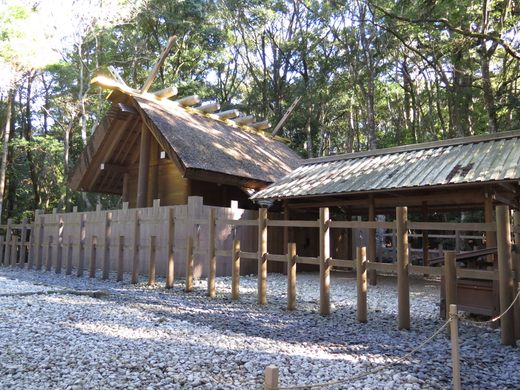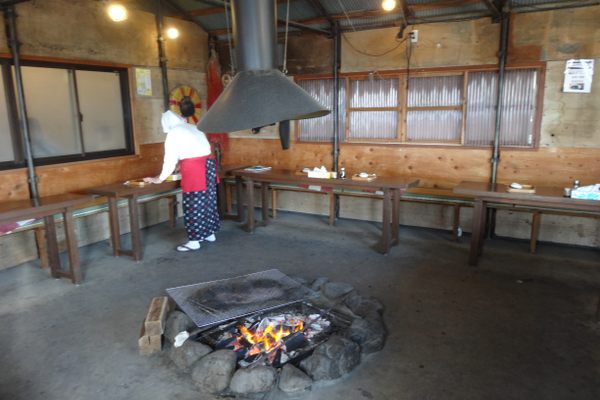Ise Grand Shrine
This ancient shrine has been rebuilt every 20 years since the eighth century.
The Ise Grand Shrine is one of Japan’s most sacred sites, an ancient, intricate temple whose size and ornate design make it one of the most expensive buildings in Japan. With such luxurious architecture, you’d assume that the shrine would only be rebuilt when absolutely necessary - but instead, with a price tag of millions of dollars, the temple is fully rebuilt from top to bottom every 20 years for the sole purpose of maintaining a tradition dating back to the eighth century.
Since the late 700s, the Ise Grand Shrine has been rebuilt in its entirety every two decades in an entirely different location from its predecessor, with a vast amount of effort put in to make the latest replica look exactly like the original. The current rendition of the shrine, built in 2013, is the 62nd identical iteration so far, and the 63rd will be completed in 2033. This process of rebuilding every two decades is also done for the 124 other shrines located in Ise, together costing the Japanese government over $500 million to rebuild every 20 years, which is paid for by a combination of donations and tax dollars.
After each new version of the shrine is constructed, an adjacent swath of land, known as the “kodenchi,” is designated as the future spot of the next replica, marked by a small hut and a seven foot pole. When the 20 year period is reaching a close, the shrine is replicated around the new pole and the previous iteration is torn down. This alternating pattern means that at certain times, the Ise Grand Shrine exists in two locations at once.
Why spend hundreds of millions of dollars on this massive location alternation every 20 years? The answer is steeped in tradition: the rebuilding process symbolizes the Shinto belief of the death and renewal of nature and the impermanence of all things. In addition, the process passes down the skills of shinmei-zukuri architecture to the next generation of Ise residents, meaning that the shrine will be rebuilt every 20 years for generations to come.
Whether you consider the Ise Grand Shrine to be a marvelous tradition or a huge waste of money, there’s no doubt that it’s accomplished the feat of simultaneously being one of the oldest and newest buildings in all of Japan.



























Follow us on Twitter to get the latest on the world's hidden wonders.
Like us on Facebook to get the latest on the world's hidden wonders.
Follow us on Twitter Like us on Facebook